Rice flour is a white or yellowish powder product that is widely used in cooking. It is obtained from rice grains, which have long been used for food purposes. Rice grains are 5 to 12 millimeters long and 2-3 millimeters thick. They are usually white in color, but in some varieties the color may vary.
Rice is grown in China, Japan, India, Pakistan, Indonesia, Vietnam, Bangladesh, the Philippines, France, Spain, Italy, Greece, USA, etc. In our country, rice appeared as an economic crop in the distant seventeenth century and has since accompanied the lives of some native farmers. To date, rice plantations are not very large, but still found in the country.
Composition of rice flour
The very fact that rice flour is made from rice is the reason why its composition is rich in minerals and vitamins. It turns out that it contains saturated, monounsaturated and polyunsaturated fats, sugars, fiber, protein and water. In addition, rice flour is rich in potassium, calcium, iron, phosphorus, magnesium, zinc, selenium, copper, manganese.
In its composition you will also find important amino acids such as alanine, arginine, valine, aspartic and glutamic acid, lysine, proline and others. Rice flour is also a source of vitamin B1, vitamin B2, vitamin B3, vitamin B4, vitamin B5, vitamin B6 and vitamin E.
Production of rice flour
Rice flour is obtained by grinding rice grains well. The final product is a whitish powder. This valuable food product can also be produced at home in the presence of a powerful blender or food processor. The rice is placed in the appliance and it is grinded and it is best to grind a small amount of grains at a time, so that they can be grinded evenly. Quality rice flour is obtained mainly from milled rice. Thanks to it you will get a very fine powder, suitable for a variety of culinary uses.
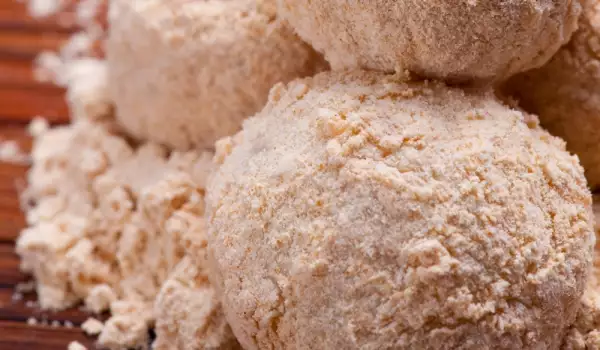
Selection and storage of rice flour
If you do not have a grinder with which you can grind rice at home, you can buy the flour from a store, and it is packaged in the same way as wheat, rye, oats, millet, chickpeas flour and more. You will find a wide variety of the product mostly in organic food stores. When choosing a product, make sure the package is tightly closed. Also pay attention to the expiration date, as well as whether the name of the manufacturer is written on the label. All this information is a guarantee of product quality.
Store rice flour in the same way as other types of flour. Keep the package in a cool and ventilated place, away from direct sunlight. Make sure you limit the access of any pests such as rodents and insects. If desired, you can store the rice flour in a glass jar and make sure it stays tightly closed throughout the storage period.
Cooking with rice flour

Rice flour is used in various recipes and can practically completely replace wheat flour. It can be used to prepare all kinds of pastry such as breads, pitas, pies, pizzas and others. It is also suitable for the production of all kinds of pastries with rice flour, including Easter bread, cupcakes, sponge cakes and muffins and that way the recipes become gluten-free. Rice flour can be used on its own or it can be mixed with another type of flour.
When cooking with pure rice flour, keep in mind some culinary features of the product. This type of flour cannot be mixed with yeast. In addition, it absorbs more moisture and if you knead flour, you will need to add more eggs than wheat flour. In addition, wheat flour pastries are processed at a lower temperature and therefore baked longer. They have a crispier crust, but are lighter than other pastries.
Apart from being a component of pastries, rice flour can also be used as an ingredient in sauces and porridges. It is added to stews and soups. In the Asian cuisine, it is often used in making various desserts. Due to its thickening effect, it is also used in making porridge for babies.
Benefits of rice flour
Consumption of rice flour is beneficial for a number of reasons. The biggest advantage of this product, however, is the lack of gluten in its composition. This directly makes rice flour pastries suitable to be eaten by people with gluten intolerance. We remind you that the number of people with this complaint has increased significantly in recent years.
Studies also show that rice flour has a beneficial effect on constipation and diarrhea. It also has a positive effect on bloating. Rice flour is beneficial for diseases of the bladder and kidneys. Its intake also has a beneficial effect on hair, skin and nails.
Intake of rice flour has a tonic effect and is able to strengthen the immunity during the cold winter months, when we are most susceptible to viruses. Another characteristic feature of rice flour is that it is dietary, which makes it a valuable participant in the menu of people struggling with excess weight.
Homemade masks with rice flour
In addition to being a nutritional component with great health benefits, rice flour is also a means of beautification. Its rich composition makes it a means of nourishing both dry and oily skin. Thanks to it, the skin is not just healthy, but smooth, soft and radiant.
To nourish dry skin, you can prepare a mask with 3 tablespoons of rice flour, 3 drops of almond oil and 2 tablespoons of milk. The ingredients are mixed and stirred. The resulting mixture is heated slightly and applied to cleansed skin. After 30 minutes, wash it off. Optionally, an additional nourishing day cream is applied.
If you want to prepare a mask with rice flour for oily skin, you should mix 1 tablespoon of rice powder with 4 tablespoons of lemon juice and 1/2 tablespoon of humus. The resulting substance is applied onto a washed face and after 20 minutes it is removed by washing it off.


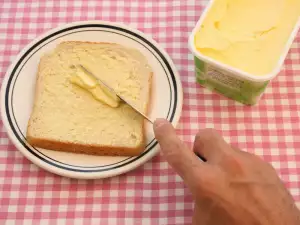
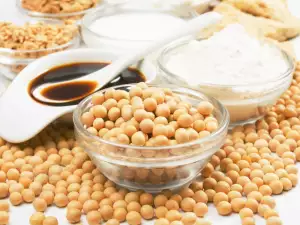




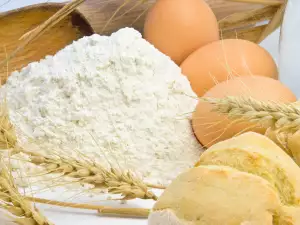




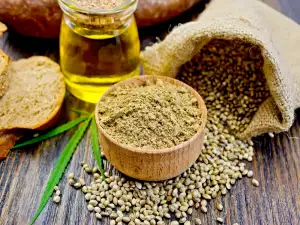





Comments